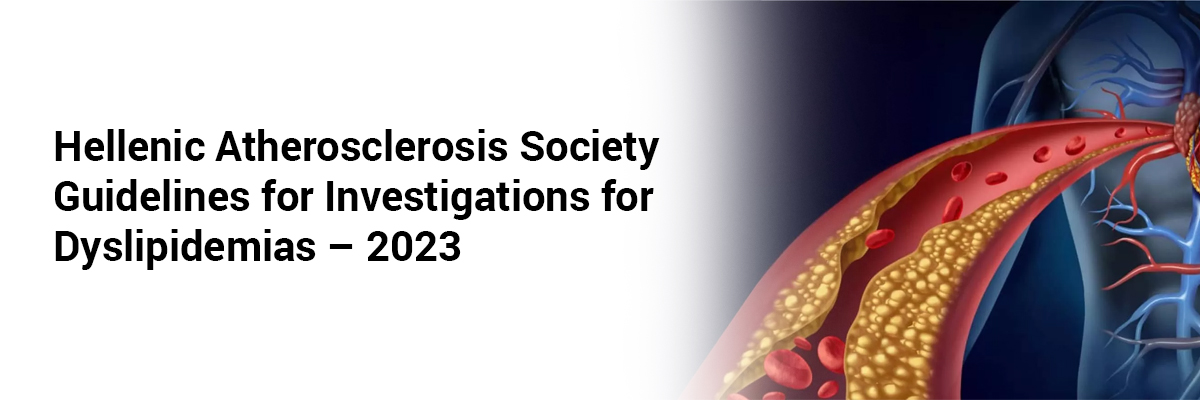
Published On: 19 Sep, 2024 4:40 PM | Updated On: 20 Sep, 2024 10:58 AM
Hellenic Atherosclerosis Society guidelines for investigations for dyslipidemias – 2023
Laboratory Evaluation of Dyslipidemias – Hellenic Atherosclerosis Society guidelines, 2023:
- HDL-C Measurement: Recommended to refine risk estimation.
- Initial Lipid Testing: Total cholesterol (TC), LDL-C, HDL-C, and triglycerides (TG) should be measured at least twice, with 1–12 weeks between tests, unless immediate treatment is required (e.g., acute coronary syndrome or very high-risk cases).
- Primary Lipid Target: LDL-C should be the primary target for screening, diagnosing, and managing dyslipidemias.
- HDL-C as Treatment Target: HDL-C is not recommended as a treatment target.
- Non-HDL-C Estimation: Recommended for risk assessment and as a secondary target, particularly in individuals with high TG levels, diabetes, obesity, or very low LDL-C levels.
- ApoB Measurement: Can be used as a secondary target for screening, diagnosing, and treating dyslipidemias.
- Lipid Monitoring: Conducted 8 ± 4 weeks after starting therapy. Once target lipid levels are achieved, annual monitoring should be performed.
- ALT Measurement: Recommended before starting statins, 8-12 weeks after initiation or dose changes, and when liver disease is suspected. If ALT is ≥ 3xULN on two occasions – stop or reduce statin dose and recheck ALT within 4-6 weeks.
- CK Measurement: Recommended before starting statins and when muscle symptoms arise. Routine CK monitoring during statin therapy is not advised.
- High-Dose Statin Therapy: In patients at high risk for diabetes (e.g., elderly, obese, with metabolic syndrome), HbA1c and fasting glucose should be assessed annually during therapy.
Abbreviations: TC: Total cholesterol; TG: Triglycerides; LDL-C: Low-density lipoprotein cholesterol; HDL-C: High-density lipoprotein cholesterol; ACS: Acute coronary syndrome; Apo: Apolipoprotein; HbA1c: Glycated hemoglobin; ULN: Upper limit of normal
Source: Katsiki N, Td F, Vlachopoulos C, Panagiotakos D, et al. Atherosclerosis Plus. 2024 Feb 17.













Please login to comment on this article